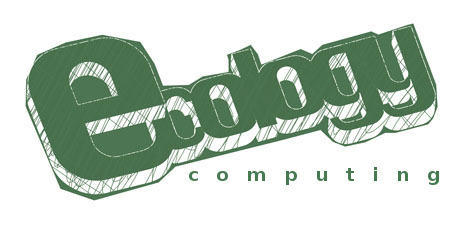
2021/06/18 - Bridges & Barriers
C.A. Corriere
Ancient devOps wisdom advises we should always start with “chop wood, carry water”. I have recently come to the conclusion that while this perspective can often be helpful, it's frequently applied in a manner that is too lean and too destructive.
Deming advised cutting dead-wood costs, but with respect to humans in the system he questioned “were they dead when you hired them, or did you kill them?”
This sentiment holds true for any agency in our systems.
Embracing the complexity in our sociotechnical systems means establishing trellises to foster new growth, creating both bridges and barriers in the process of constructing conduits. These conduits embody a liminal paradox: both connecting and separating simultaneously. By framing connection and separation as social practices, we can construct a social practice map for each:
| Connection | Separation |
|---|---|
| Infrastructure & Materials | |
| Bridge | Barrier |
| Meaning & Purpose | |
| Connecting aligned agency. | Separating opposed agency. |
| Skills & Know How | |
| Time Management | |
| Communication | |
| Patience | |
| Availability | |
| Empathy | |
| Fortitude | |
| Sense of Presence | |
| Sense of Space | |
While the infrastructure and purpose of these practices conflict, the skills and know how involved with each align well. There’s a dynamic balance between access and safety that demands a particular level of focus. The first example that comes to mind are the living bridges found in India. These take decades to establish, but eventually grow stronger over time instead of deteriorating. These bridges are grown by first constructing a bamboo scaffold to wrap the roots of the rubber fig tree around. As the bamboo decomposes the tree feeds off of the nutrients, making it stronger. If you recognize this as Martin Fowler’s strangler fig pattern applied to human infrastructure, you’re not wrong. What else could we use this methodology to build besides bridges and software?
I'm going to start with this website. Relaunching this site as a simple blog is initial step towards furtherer embracing the complexity in our sociotechnical systems. These templates are old, and this site is missing a lot of features that come standard with most frameworks. My priority at the moment was to complete the relaunch. These templates meet my minimum requirements for sharing this content. I have code laying around that would have made it easy enough to set up a mailing list for this site. The fact of the matter is I'm not particularly interested in collecting email addresses at the moment, nevermind sending anything to them.
Too often we do things because we can without thinking about if we should. Industry standard software features, like mailing lists, serving as defaults aren't helping us form better strategies around specific intentions. The intent of this site (at least as of today) is to foster more nuanced conversations around sociotechnical complexity. How this site evolves over time is still a mystery. Hopefully we all learn something together by building transparently and in public.